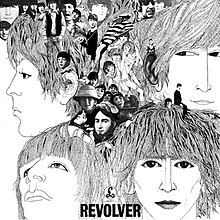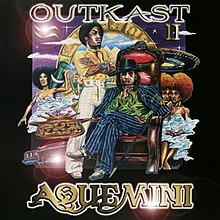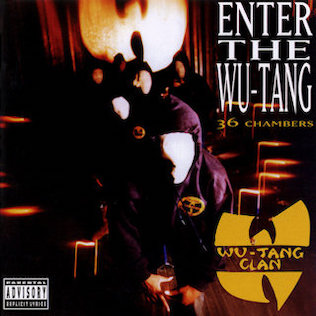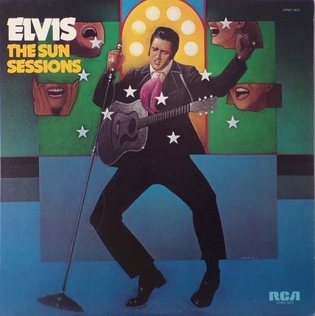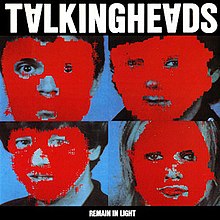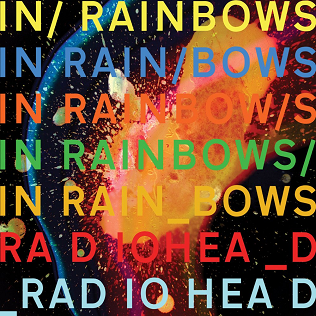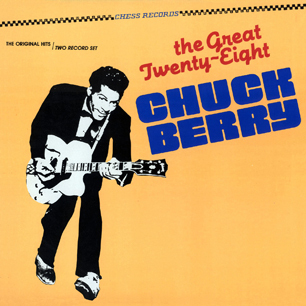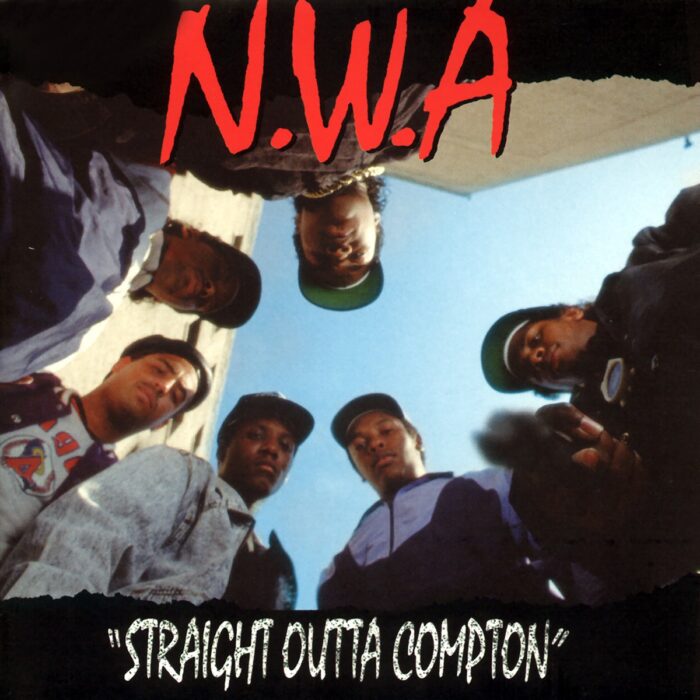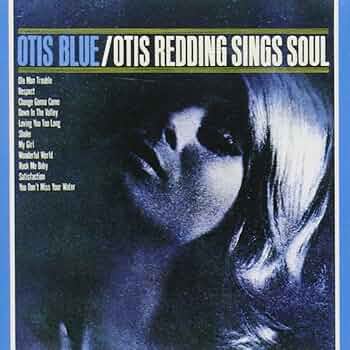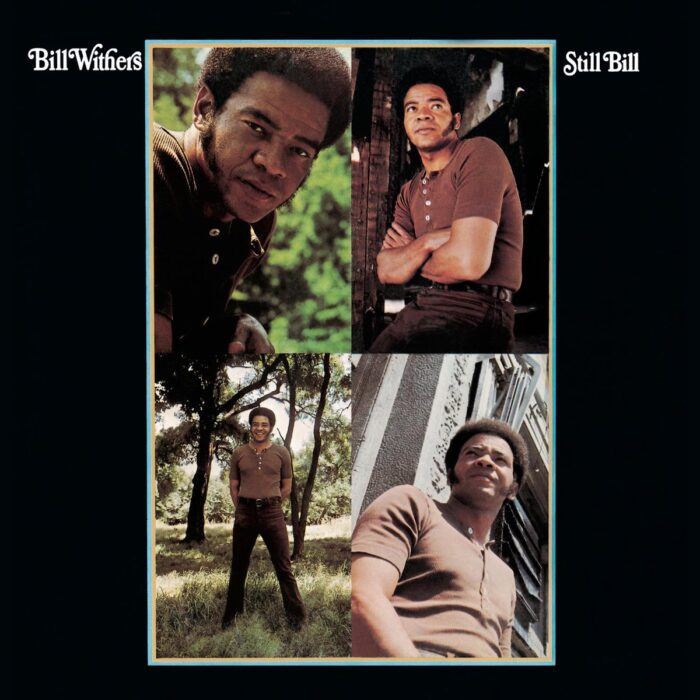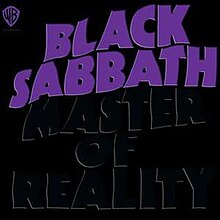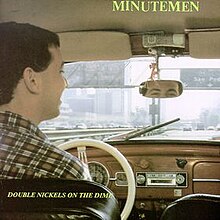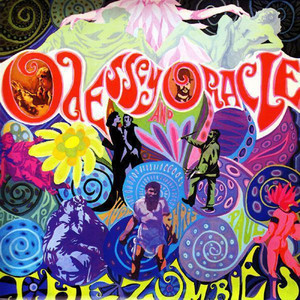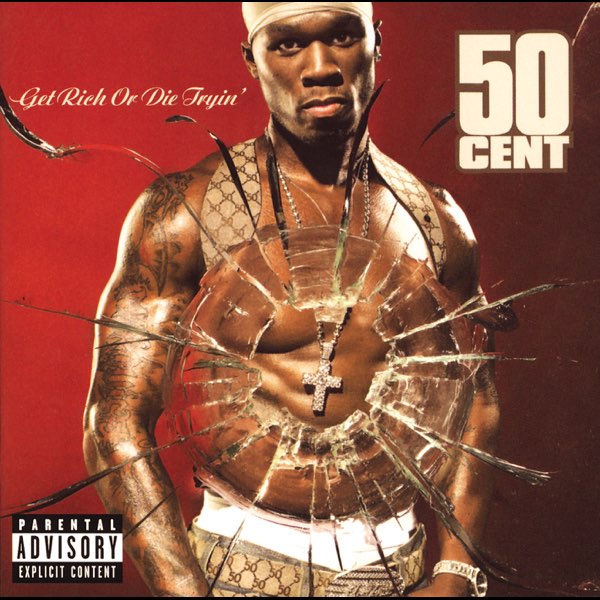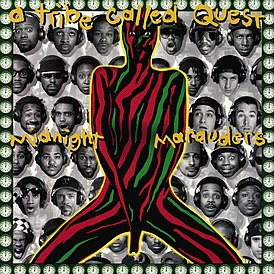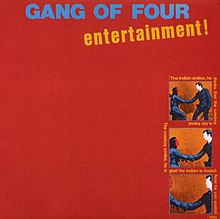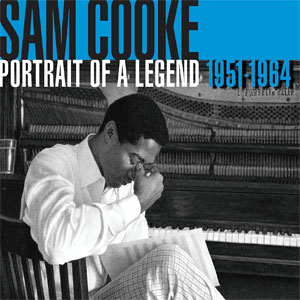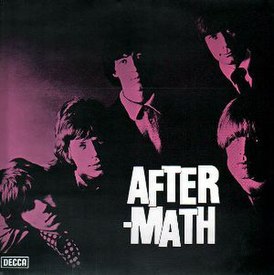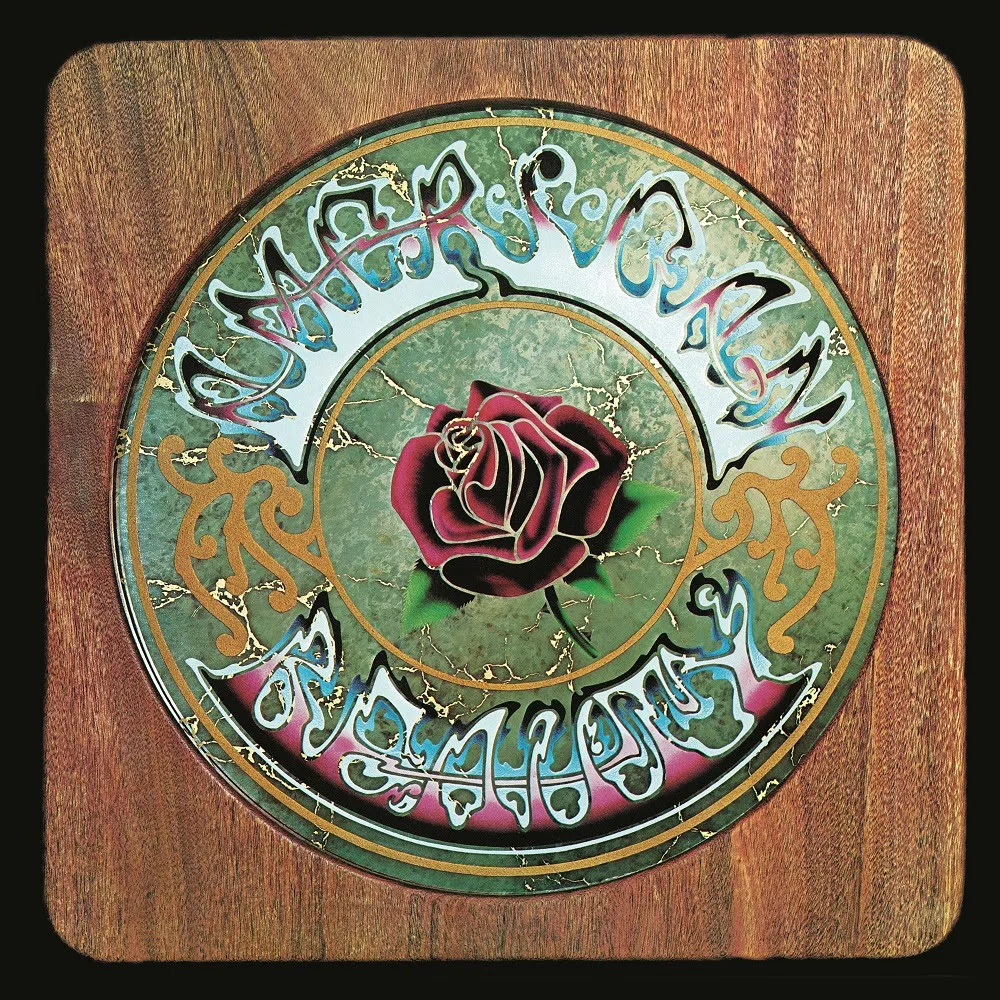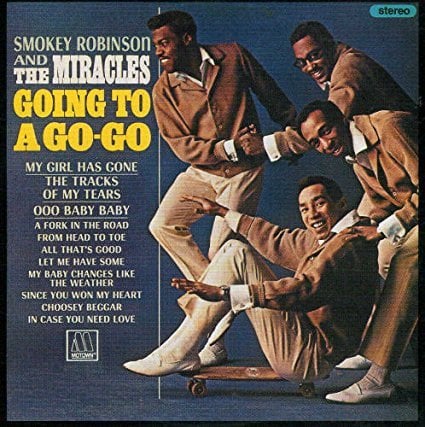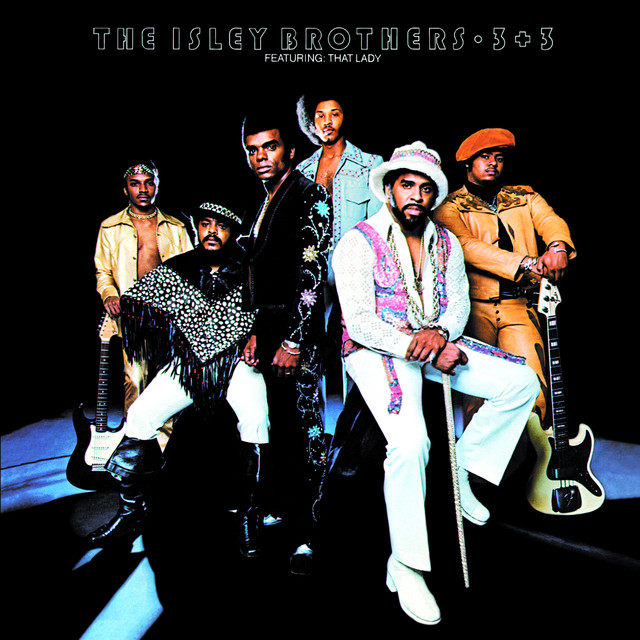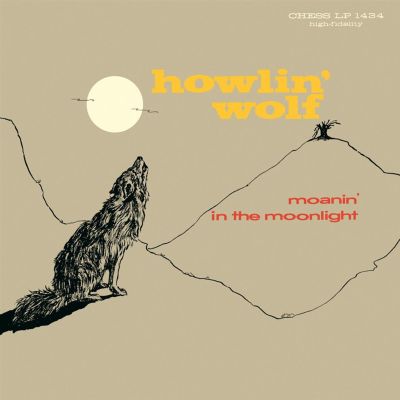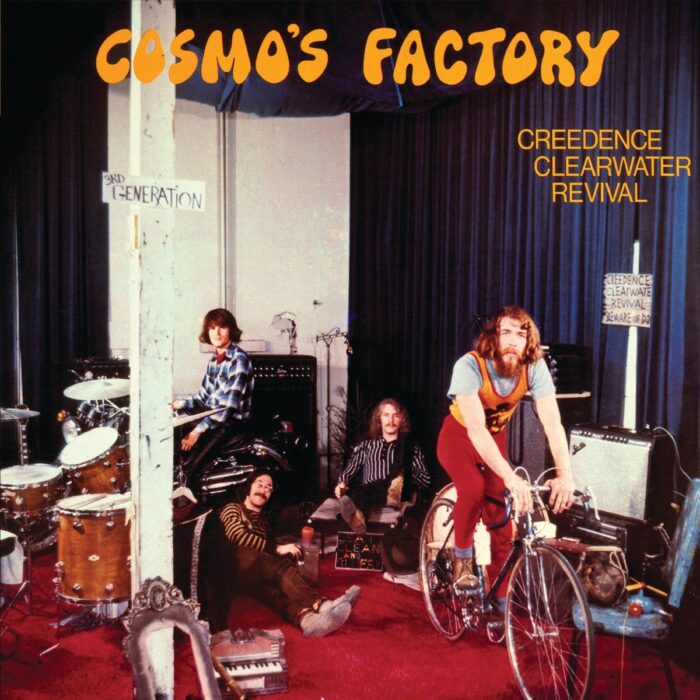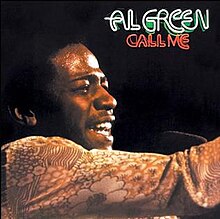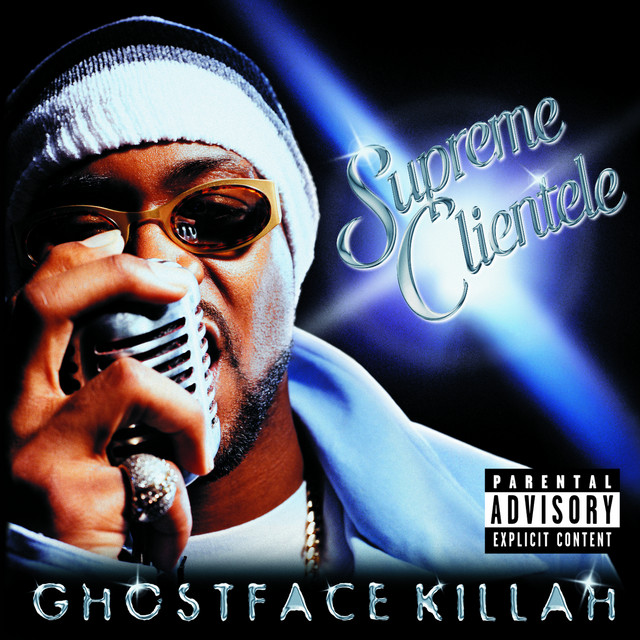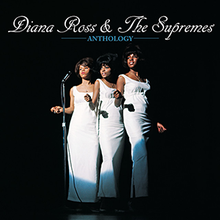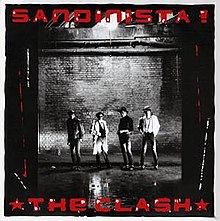

Released on June 4, 1984, Born in the U.S.A. catapulted Bruce Springsteen into global superstardom, cementing his status as a voice of American working-class struggle while blending introspective lyricism with anthemic rock. The album is both a reflection of American identity and a collection of emotionally charged, hard-hitting tracks that resonated across diverse audiences. With its blend of rock, heartland anthems, and socially conscious themes, Born in the U.S.A. is a landmark in Springsteen’s career that would define the 1980s and beyond.
The title track, “Born in the U.S.A.,” opens the album with a blast of powerful, synth-driven rock. Despite its triumphant, patriotic sound, the lyrics tell a darker story of a Vietnam War veteran struggling to reintegrate into society after returning home, highlighting Springsteen’s ability to mask heavy themes beneath upbeat melodies. The song became one of Springsteen’s biggest hits and an iconic American anthem, yet its lyrics present a critique of the American Dream, offering a nuanced perspective often overlooked by casual listeners.
The emotional weight of Born in the U.S.A. is reinforced throughout the album with tracks like “Cover Me,” a yearning, heartfelt plea set against the backdrop of a sweeping, synthesizer-infused sound. Springsteen’s voice, raw and urgent, captures the yearning for escape and the desire to find solace in difficult times, while the music underscores the growing sense of unease that would define much of the 1980s.
Another standout track, “I’m on Fire,” takes a more subdued, haunting turn, with its minimalist instrumentation and evocative lyrics about desire and longing. The track demonstrates Springsteen’s versatility as a songwriter, as he shifts from explosive rock anthems to intimate ballads. The vulnerability in “I’m on Fire” contrasts sharply with the larger-than-life anthems on the album, showing that Springsteen’s storytelling prowess isn’t limited to grand political statements but also encompasses deeply personal moments.
“Glory Days” brings a sense of nostalgia to the album, capturing the wistfulness of remembering youth with a mixture of humor and poignancy. Springsteen’s storytelling here is as much about loss as it is about celebration, as the song paints a vivid picture of how time changes everything, including relationships and the way we view our past.
The album’s production, helmed by Springsteen and Jon Landau, took a more polished and expansive approach compared to his previous works. With the addition of synthesizers and electronic textures, Born in the U.S.A. was both a reflection of the changing musical landscape of the ’80s and a testament to Springsteen’s ability to evolve without losing his roots. The blend of these modern sounds with his traditional rock sensibility made the album accessible to a wider audience while retaining the raw authenticity that his fanbase adored.
Born in the U.S.A. was a massive commercial success, not just in the United States but across the globe. It produced seven top 10 singles, including “Dancing in the Dark,” which became one of Springsteen’s most iconic songs. The album’s commercial success, combined with its critical acclaim, made Springsteen one of the most important cultural figures of the ’80s. His ability to capture the pulse of American society, from its dreams to its disillusionments, ensured that Born in the U.S.A. was not only a reflection of its time but also an album with enduring relevance.
The record’s legacy has remained as strong as its initial impact. Born in the U.S.A. represents both the height of Springsteen’s career and a broader cultural moment in America, where the echoes of Vietnam, the pressures of the Reagan era, and the struggle of the working class were all encapsulated in its music. Springsteen’s ability to balance personal narrative with social commentary made this album a crucial chapter in both his own musical journey and the larger story of American rock music.

